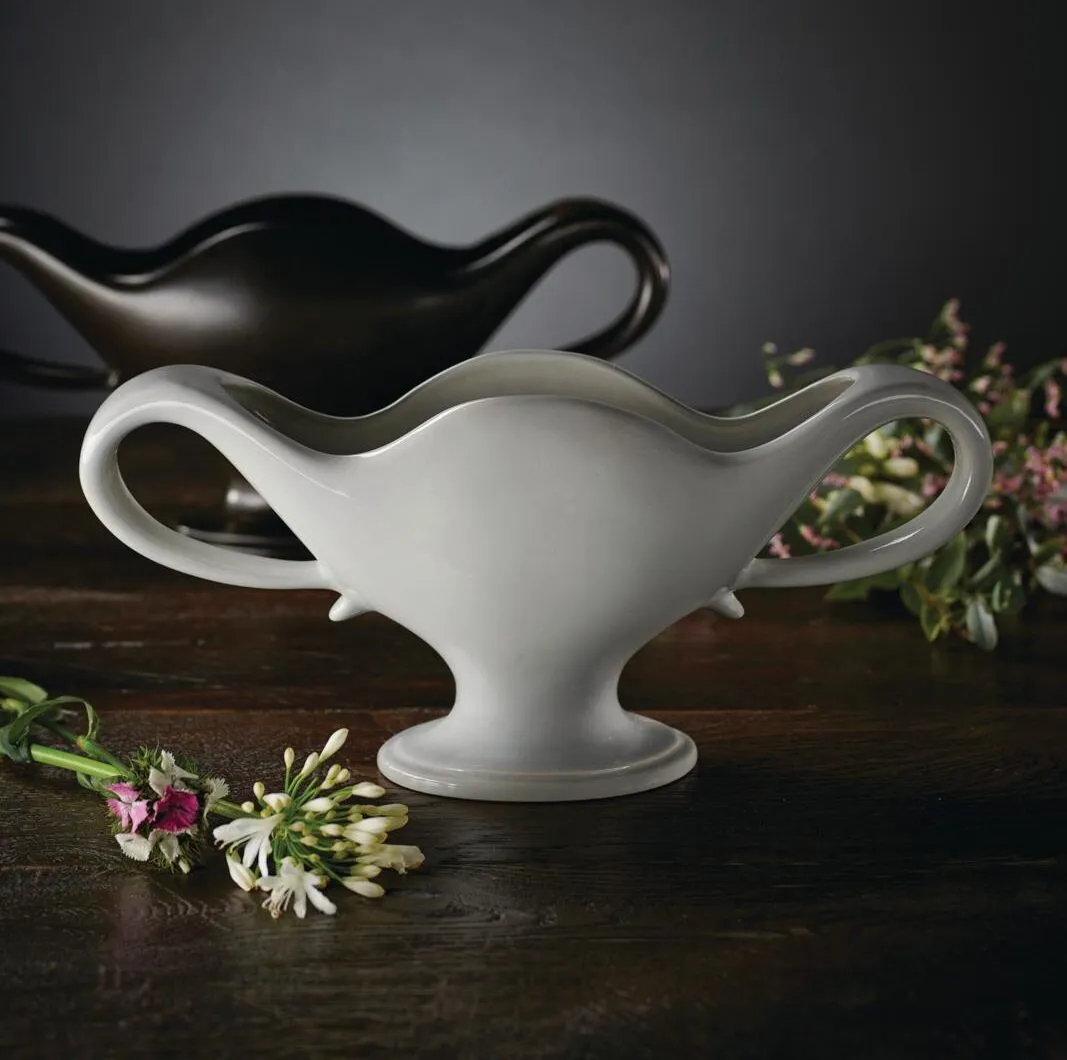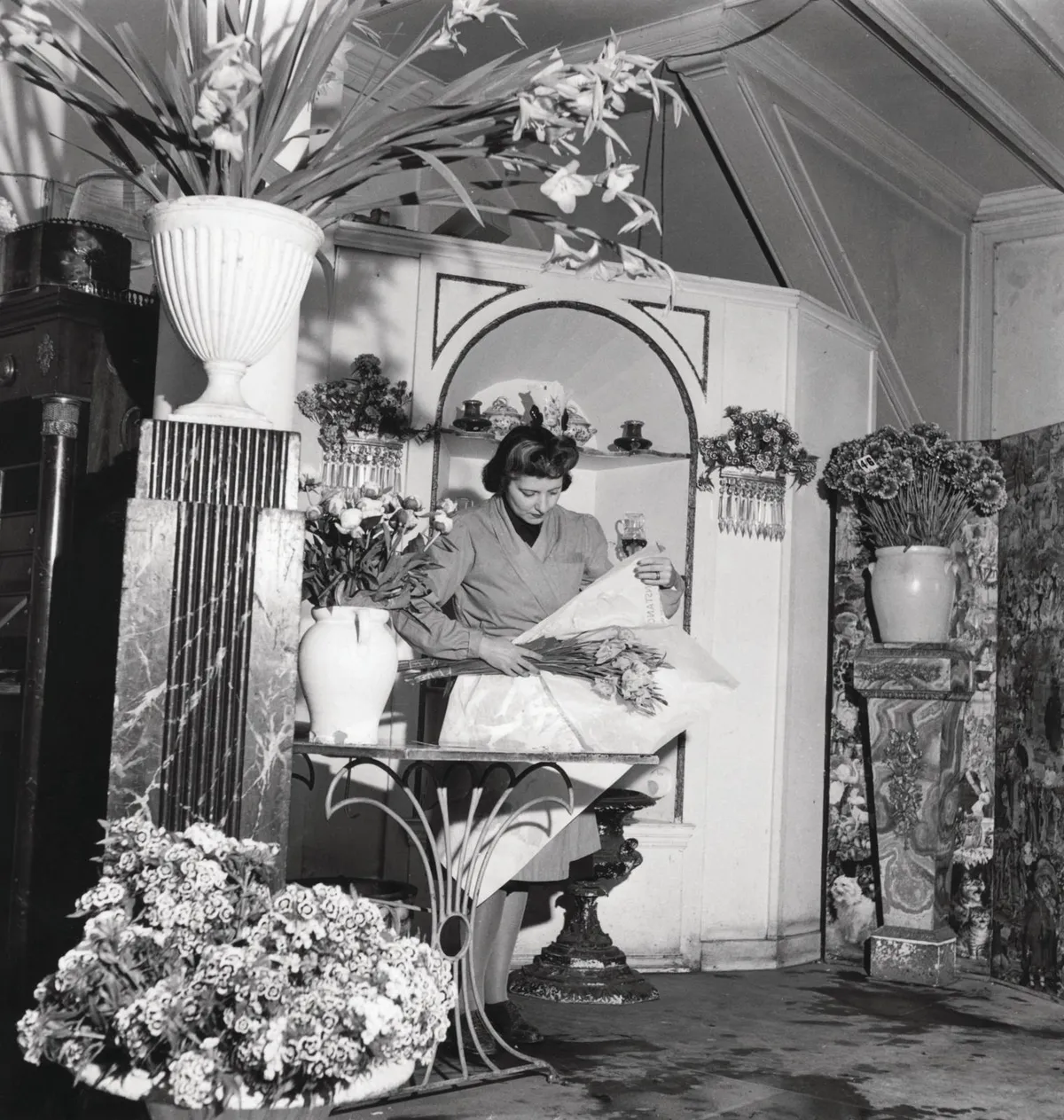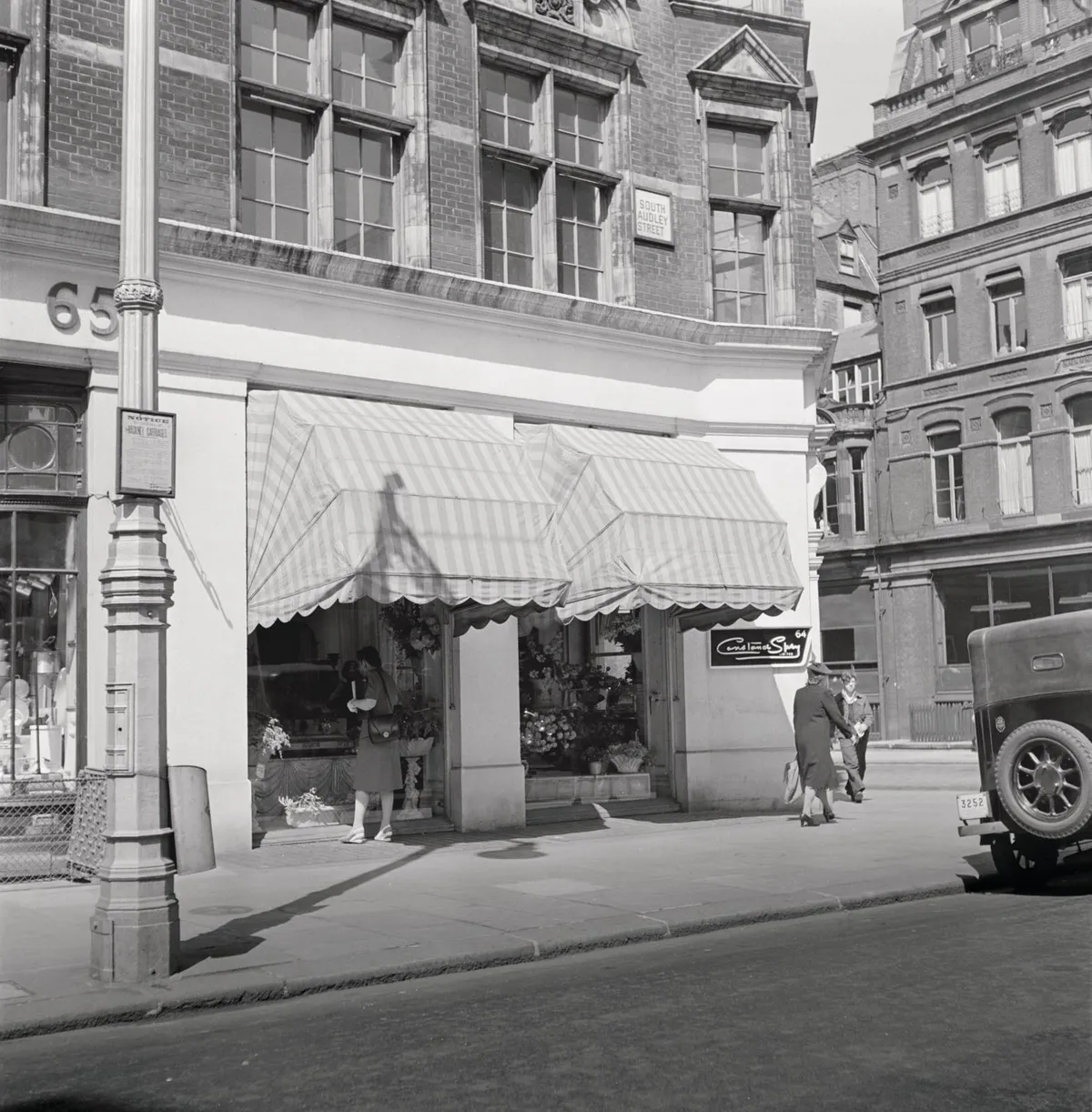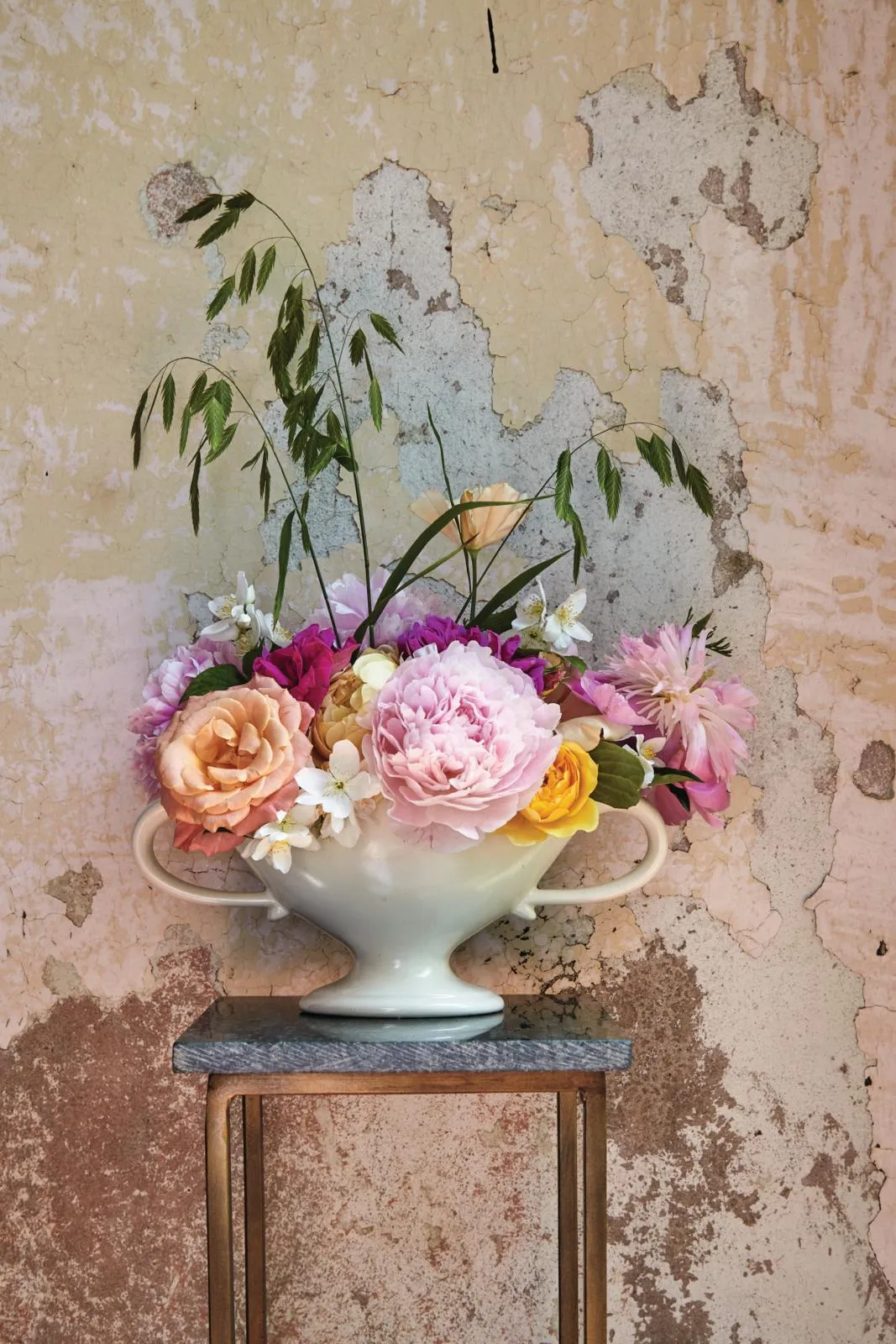Undulating curves, sleek lines and an elegant, symmetrical form, this is the archetypal mantel vase. Designed by renowned florist Constance Spry for Fulham Pottery in the 1930s, it is perfectly sculpted for the task of flower arranging – quite stunning as a standalone piece, it melts into the background when filled with blooms. Born of the art deco era, it has become a timeless icon...
Want to learn more about the history of art but not sure where to start? We've made a list of the best art history and appreciation courses and lectures available online.
What are Constance Spry's Mantel Vases?

Constance Spry’s mantel vases may not be, on the surface at least, revolutionary. Before her designs there were svelte flowerpots made for the purpose of sitting neatly over a fireplace, but these are undeniably classics of the form, setting the mould for all that followed.
Designed by Spry in the 1930s, the full set of vases consists of around a dozen main shapes. Some replicate shell patterns, while others mimic flowers, but the long, lean form of the example below makes it the most iconic of Spry’s styles. Deceptively simple in design, and available in a limited choice of colours, it feels quite of the art deco era, while also exuding a timeless appeal thanks to serpentine curves and twin-handled sides, inspired by ancient Greek forms. Spry was a fan of the classic proportions of old vases; her own impressive collection of vessels was largely made up of pieces found in antiques shops.
Spry’s assistant, Florence Steadfast, made up the prototypes before Fulham Pottery put the vases into production, and the range sold well into the 1950s. For collectors today, the earliest and most highly coveted examples date from 1935 – these are unglazed, with a creamy hue.
You might also like collecting antique and vintage vases
Who was Constance Spry?

Teacher, cook, author and renowned florist, Constance Spry had many feathers to her bow. Born in 1886, she lived in Ireland and worked in education until 1929, when she set up as a florist in London. She thought floristry could be high art and, unconventionally for the time, she used hedgerow flowers as well as common garden greenery to create wild, free-form arrangements.

Her fresh take struck a chord; by 1934 she had over 70 people on her staff and she relocated to Mayfair – signalling the start of her most influential era. Before long, she was booking notable high-society weddings, and even created the displays for Queen Elizabeth’s coronation in 1953. Alongside floristry, Spry was also a respected cook. She collaborated with cordon bleu chef Rosemary Hume, with whom she co-created coronation chicken, in honour of the new queen.
You might also like how to create spring floral displays with antique vases
How to create floral displays in a Spry vase
Stylist & author Selina Lake shows us how to create this stunning display in a Spry vase

- This shallow-style vessel does require some internal structure in order to hold flower stems in place. I try to use eco-friendly methods and keep plastic waste low, so I start by placing a reusable floral frog into the base of the vase (a floral frog is an object with either metal pins, which stems can be secured onto, or with holes so that stems can be submerged into it). If you don’t have one of these, you could use some chicken wire, scrunched up slightly to fit the vessel.
- Next, fill the vase with water, leaving a few inches from the top. Here I wanted to create a scented arrangement, so I have mixed garden roses with pink peonies and blossom from a mock orange shrub.
- Start with the bigger blooms – get them in place and then tuck in the smaller flowers and blossoms to fill in the gaps. Make sure the end of each stem is submerged in the water.
- Give the arrangement height – I added sea oat grasses, with their delicate dangling blades, in the centre, plus a couple of peach Californian poppies.